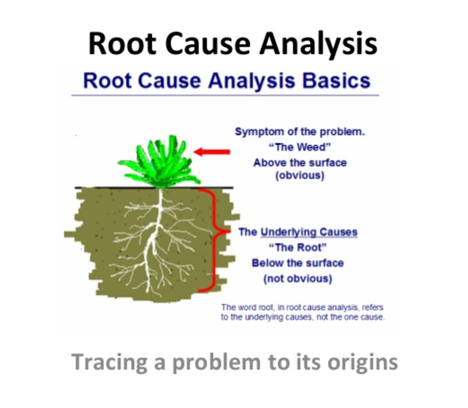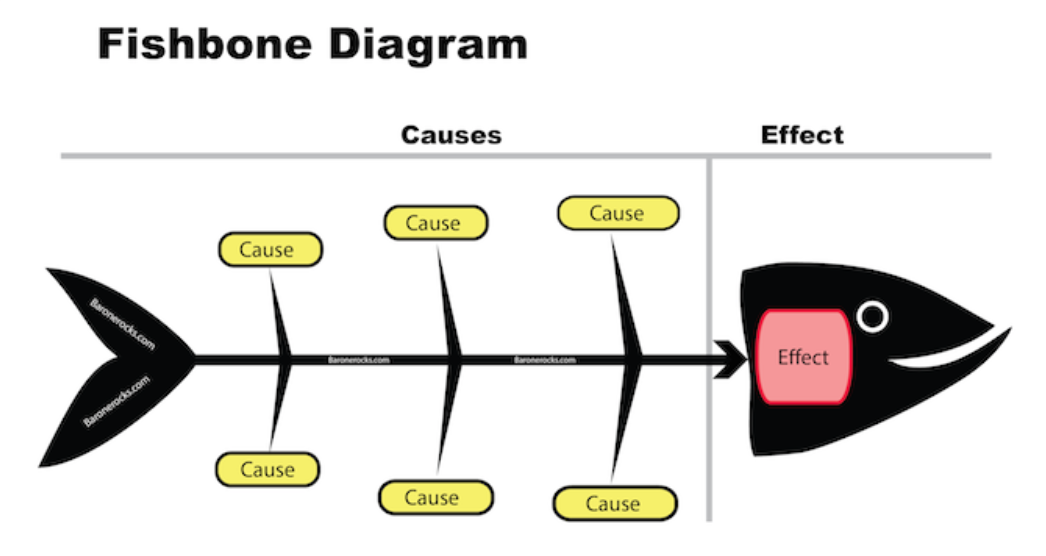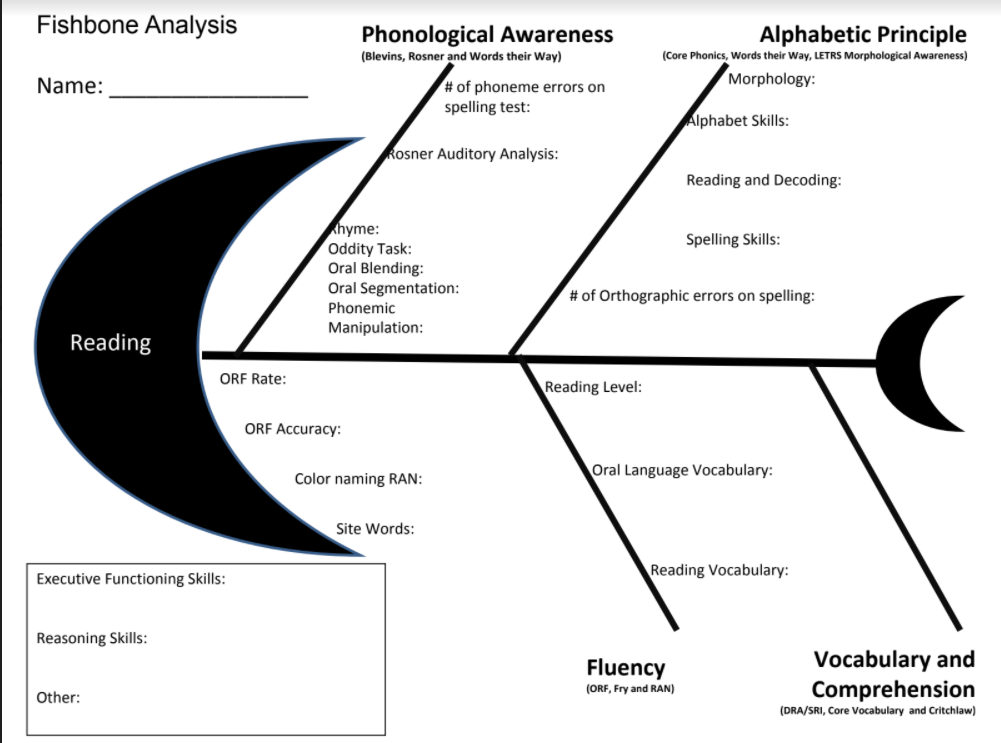Mental and Behavioral Health
3. Finding the root cause of behavior
When examining behavior or mental health supports, all of the students exceptionalities should be taken into consideration.When a student is presenting with unexplained behaviors, it is imperative to dig down and find the root cause. Often times 2e students' strengths or disabilities are masked, and they can become frustrated and act-out or withdraw.
Twice-exceptional students may also have additional factors such as trauma. It is also It is important to find out the source of the behavior and not make assumptions.

Fish bone analysis helps many educators with this process. This analysis is:
A cause and effect diagram, often called a “fishbone” diagram, can help in brainstorming to identify possible causes of a problem and in sorting ideas into useful categories. A fishbone diagram is a visual way to look at cause and effect. It is a more structured approach than some other tools available for brainstorming causes of a problem (e.g., the Five Whys tool). The problem or effect is displayed at the head or mouth of the fish. Possible contributing causes are listed on the smaller “bones” under various cause categories. A fishbone diagram can be helpful in identifying possible causes for a problem that might not otherwise be considered by directing the team to look at the categories and think of alternative causes. Include team members who have personal knowledge of the processes and systems involved in the problem or event to be investigated. (CMS.gov)
Below is one template for this analysis and below the template is an exemplar. For more information (optional), there is a document with directions and other exemplars in our Google folder.


Another, formal and often essential, way to find the root cause of behavior is to do a Functional Behavioral Assessment (FBA) explained in the next chapter.